Presentation Notes:
Intro:
Sorry to those who have heard this all before
Looking back to beginning of the MA and last years presentation notes and aims at the time which were to:
To develop new ways of thinking and working both conceptually and physically setting aside intention, representational forms and narrative, to develop work through an intuitive and experimental approach.
I began a Process led enquiry which set out to understand theories around ideas of intuition and chance – I carried out practical experiments applying theoretic principles from my research.
I identified the elements which come into play during the creative process as:
- Know-how
- Personal knowledge
- Environment
- Cultural codes
- Interactivity
Identifying these elements formed the experiments and strategies for bypassing conscious control within my practice.
I produced a series of works in which I set out to disrupt these elements. For example
- Working blind/physical restrictions
- Interacting with others
- Using new and unfamiliar materials and supports
- Setting rules and restrictions
During the process I identified aesthetic to be important to me in particular colour.
On the next three slides I have added some quotes which are a nod to my research for those who may be interested in this avenue of research.
These are examples of work which I made on circular supports using encaustics – a less familiar medium. This process involves hot beeswax combined with pigment which requires you to work very quickly before the medium cools. I used this multi media approach to break norms in my process.
I also produced drawings for which I applied the same approaches;
- Using distraction ( e.g. environmental noises, TV etc in a domestic setting)
- Disrupted/ sabotaged the surface
- Working and reworking
Drawing became dominant during lockdown as I found it difficult to immerse myself in the studio in the way that for me painting demands.
You may notice that there are references to place in the drawing. This is a reoccurring theme in my work which is an echo of previous themes; it creeps in now and again, especially when working intuitively.
I introduced some of the drawing experiments into printmaking processes. Printmaking can be a very methodical, rigid process. It was interesting to document how this process would play out with intuitive, chance mark making. This is a book I made which documents the results.
Stills of printmaking in case the film doesn’t play
This brings me to the summer and thinking about moving forward.
The essay module at the end of the last term was useful for me in consolidating the first year.
I wouldn’t say that I have exhausted my line of enquiry but feel that there is room for new content within this.
New content became new process and approach– the way I work things out and answer questions?
So I produced several clay forms using the same approach as the painting in terms of intuitive making.
I noticed a correlation between the clay outcomes and the painting outcomes in terms of form and structure.
There is a sense that I am exposing something internal when I moderate or eliminate intention in some way.
I wrote about these clay pieces in my sketchbook:
‘I don’t know what they are, what they represent, nor am I concerned how others may translate or receive them. They are personal, about me, a part of my creativity. I am pleasing myself; they are in the moment… But then there is a moment of reflection where I step back and consider the aesthetic a little more’.
I’m guessing that ‘aesthetic’ brings me back to the next slide. I selected a few to draw. These drawings feel like a place to start painting again.
I like the ambiguity of the forms, evolving through different mediums and a series of deliberate and chance acts combined.
Moving forward…
Continue with studio experimentation
Areas of interest in terms of research currently are:
Play – reading an article by writer and curator Craig Burnett who talks about the underrated value of play in the production of art.
Another article which artist and writer rob Harle argues that the human activity of art making and art usage has a biological foundation that predates language… (Maybe see passage highlighted)
I am interested in how play evokes a shift in decision making, the changing course, the accidents, and then the solving of problems.
I have also been looking at form:
Artists such as;
Robert Morris
Varda Caivano
Henry moore – shape and form
References
Coessens, K., 2014. Artistic Experimentation In Music. [ebook] Lueven University Press. Available at: <https://www.jstor.org/stable/j.ctt14jxsmx.10> [Accessed 9 October 2019].
Elkins, J., 2000. What Painting Is. New York: Routledge, p.5.
Mambrol, N., 2018. The Philosophy Of Henri Bergson. [online] Literariness.org. Available at: <https://literariness.org/2018/01/06/the-philosophy-of-henri-bergson/> [Accessed 20 May 2020].
Maxwell, G., 2013. Intellect And Intuition In Henri Bergson. [online] The Dynamics of Transformation. Available at: <https://rockandrollphilosopher.wordpress.com/2013/06/10/intellect-and-intuition-in-henri-bergson/> [Accessed 20 May 2020].
Ratkje, M., 2008. On Henri Bergson And Improvisation | Maja Solveig Kjelstrup Ratkje. [online] Ratkje.no. Available at: <https://ratkje.no/2008/03/on-henri-bergson-and-improvisation/> [Accessed 20 May 2020].
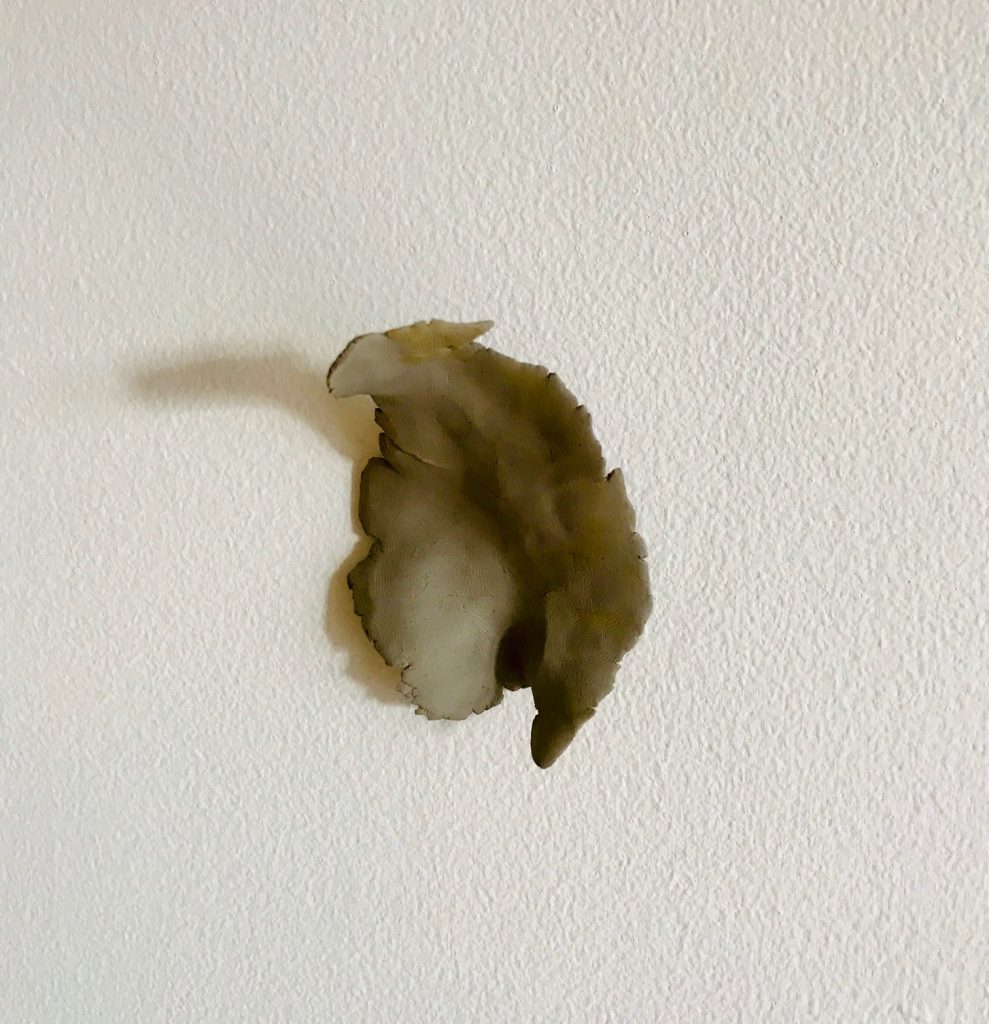
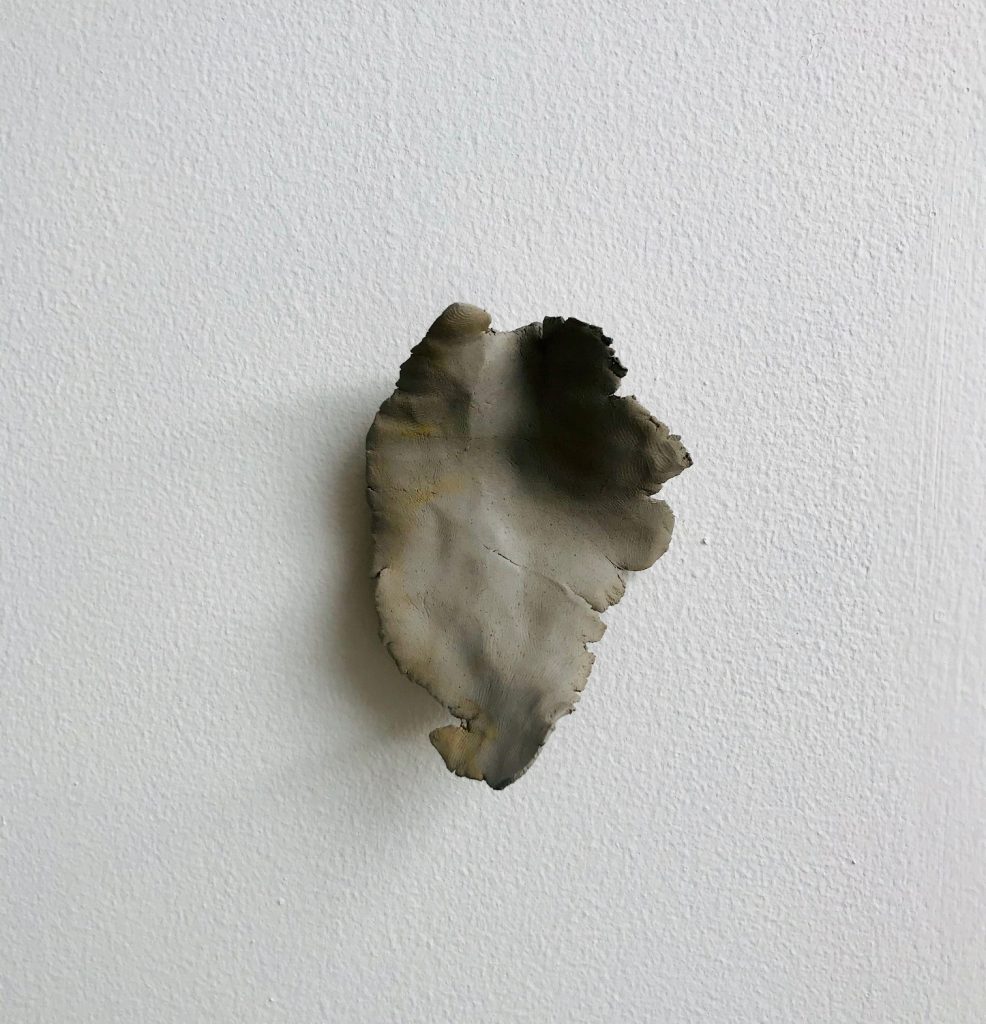
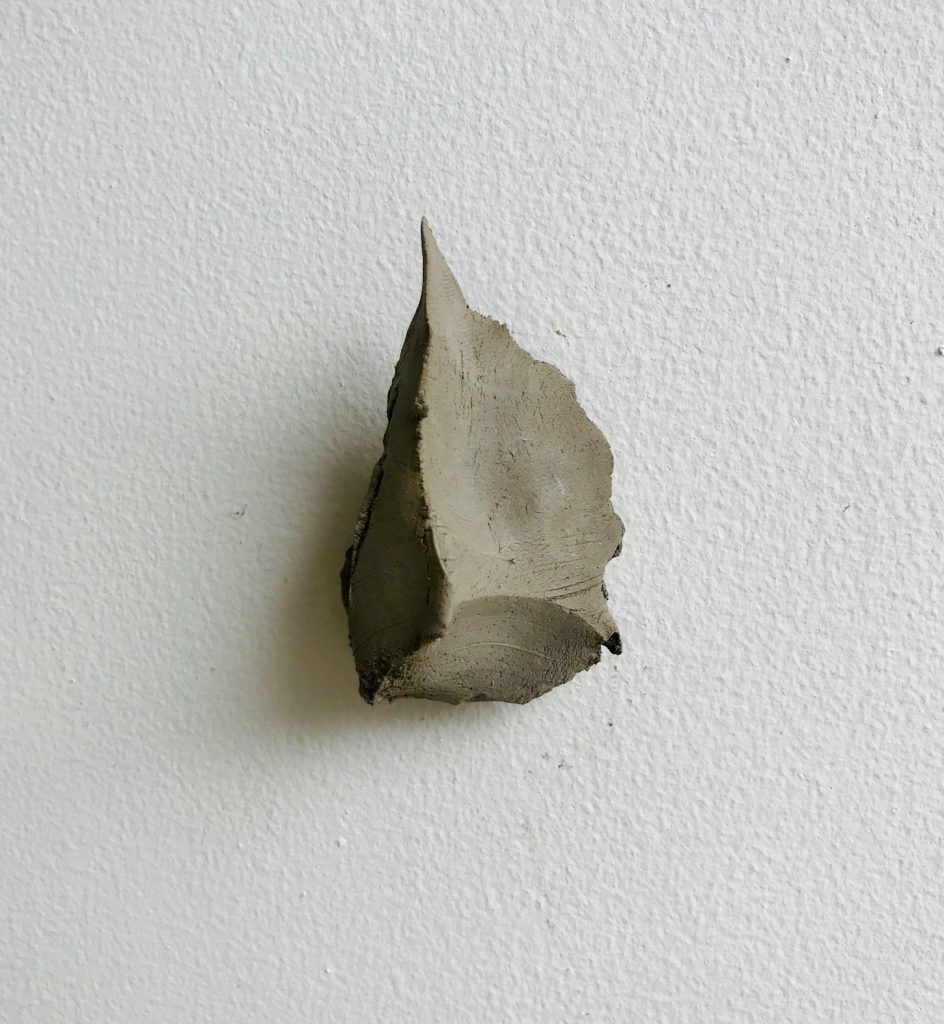

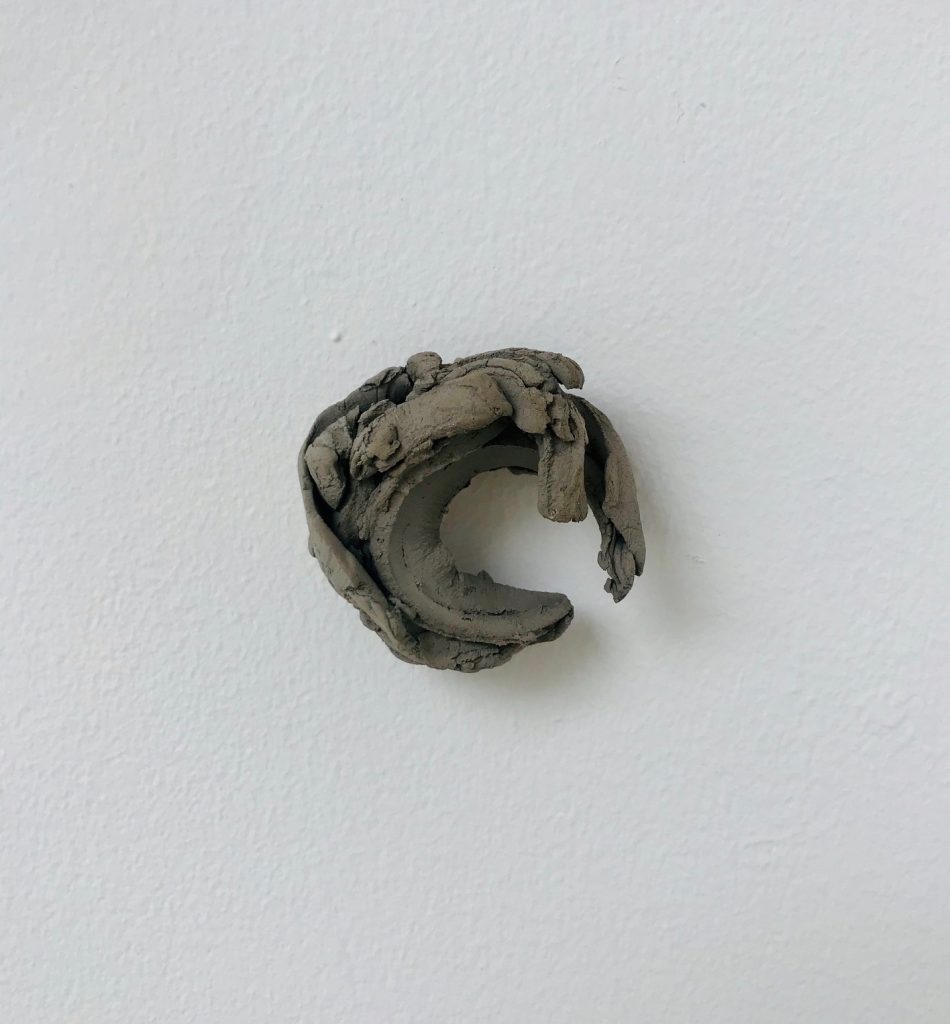
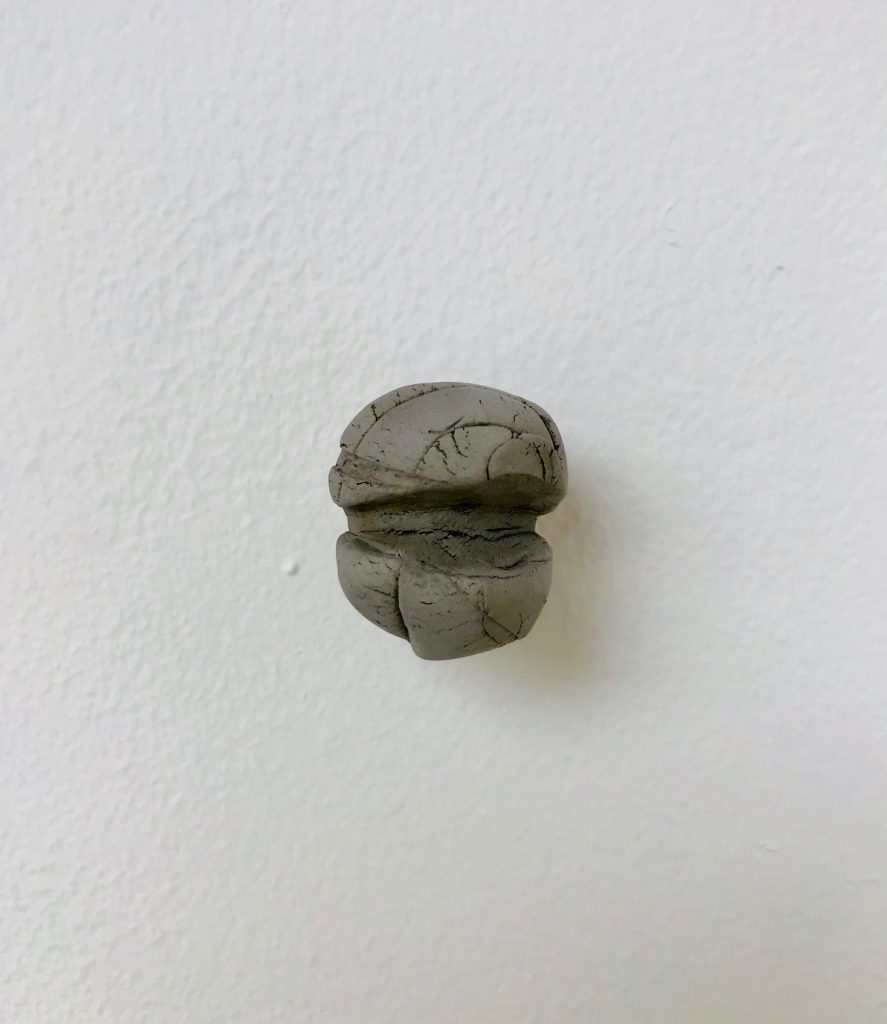

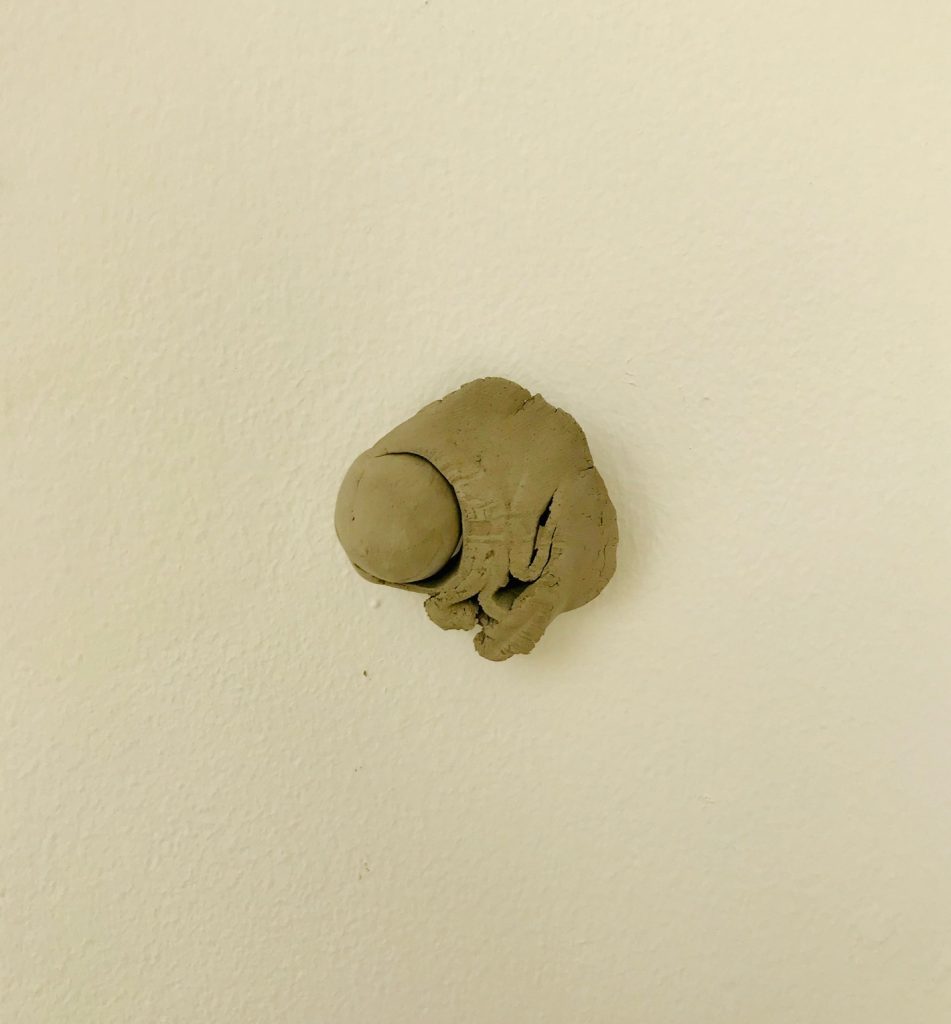
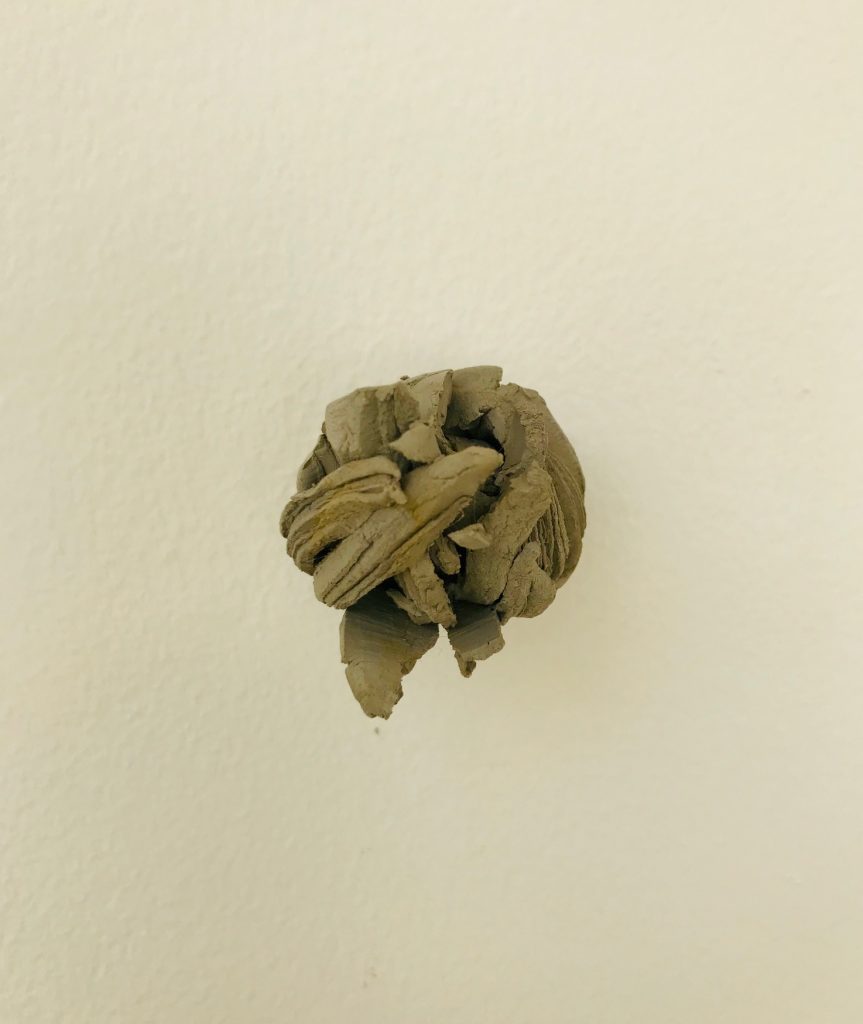

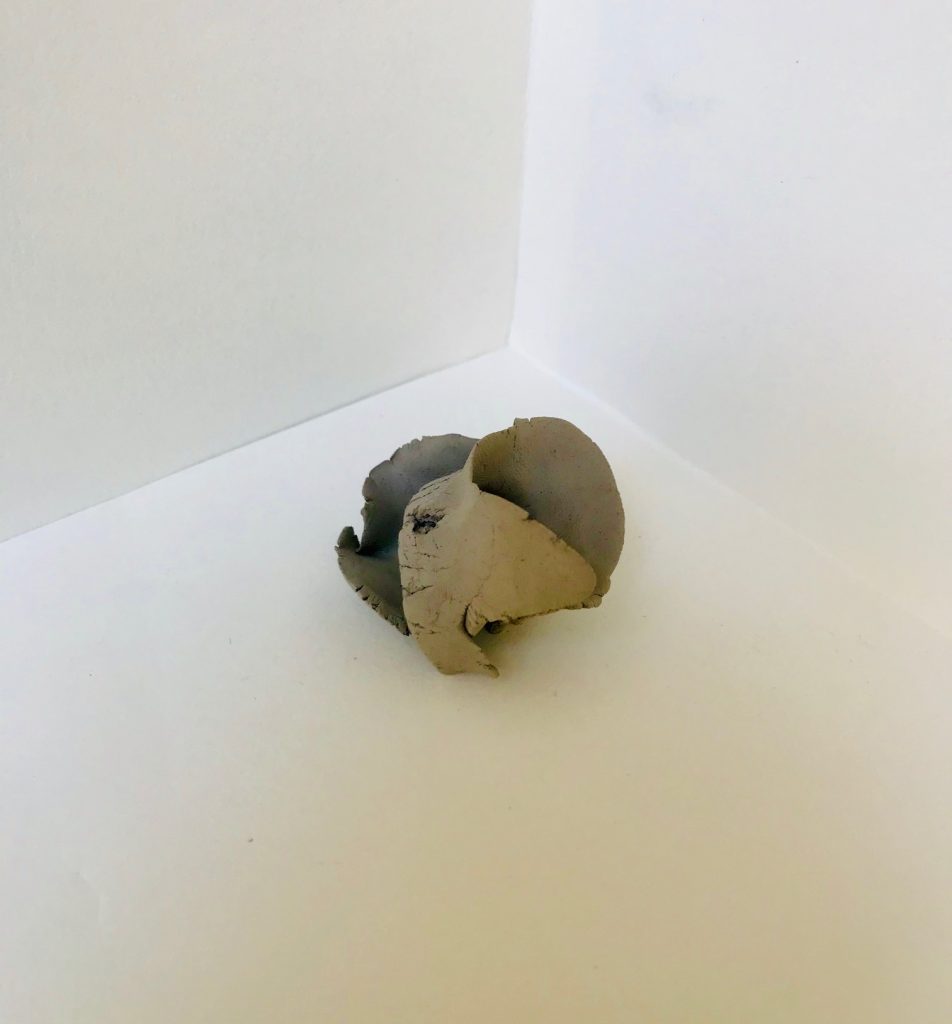
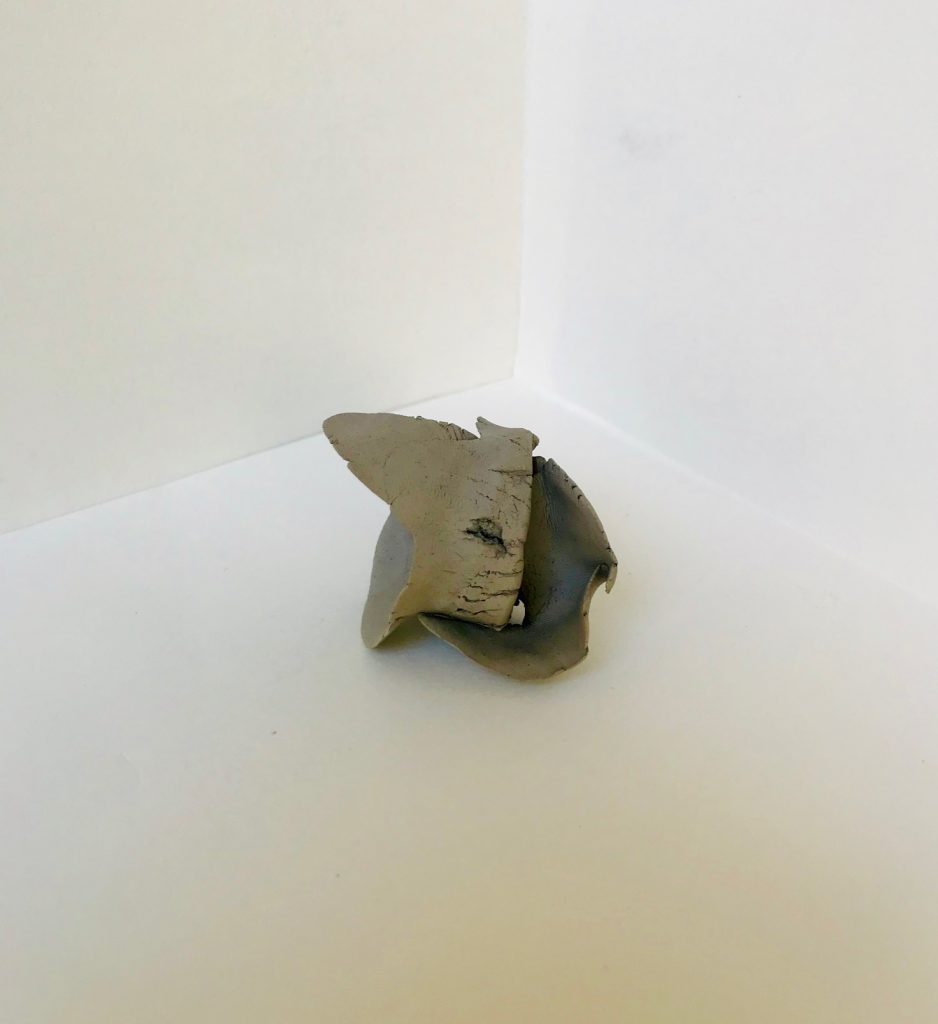

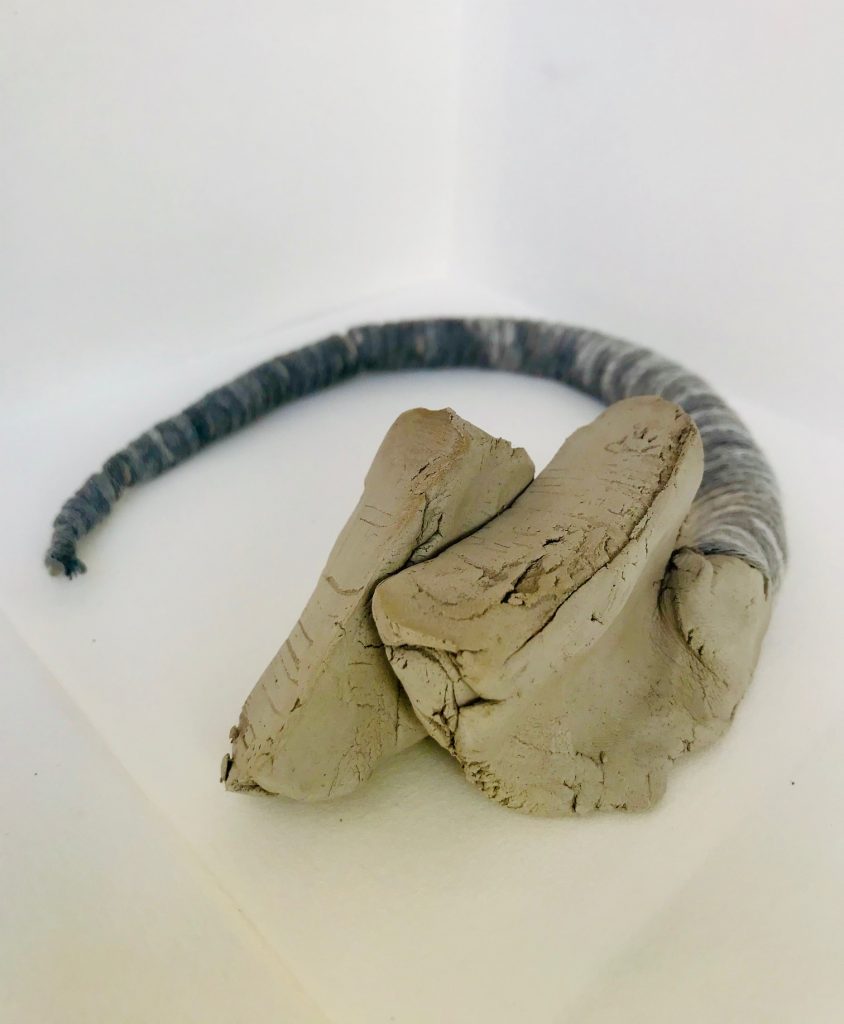
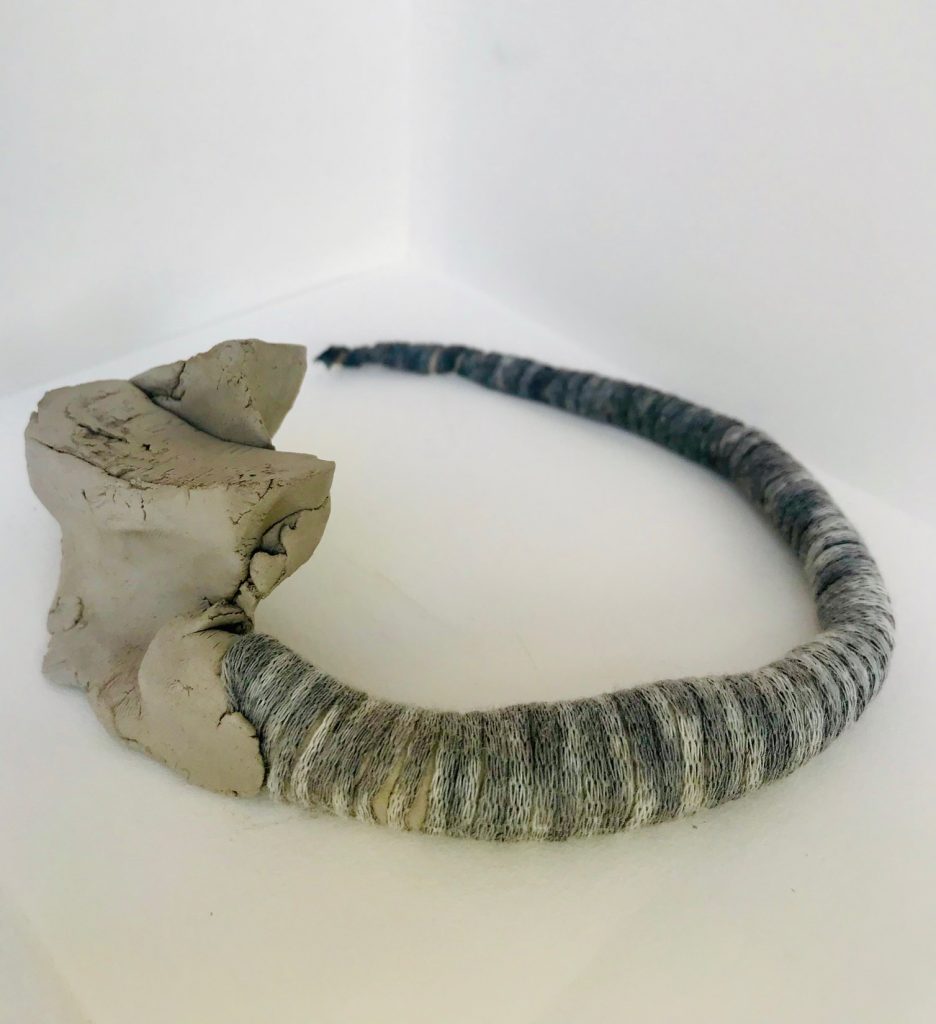
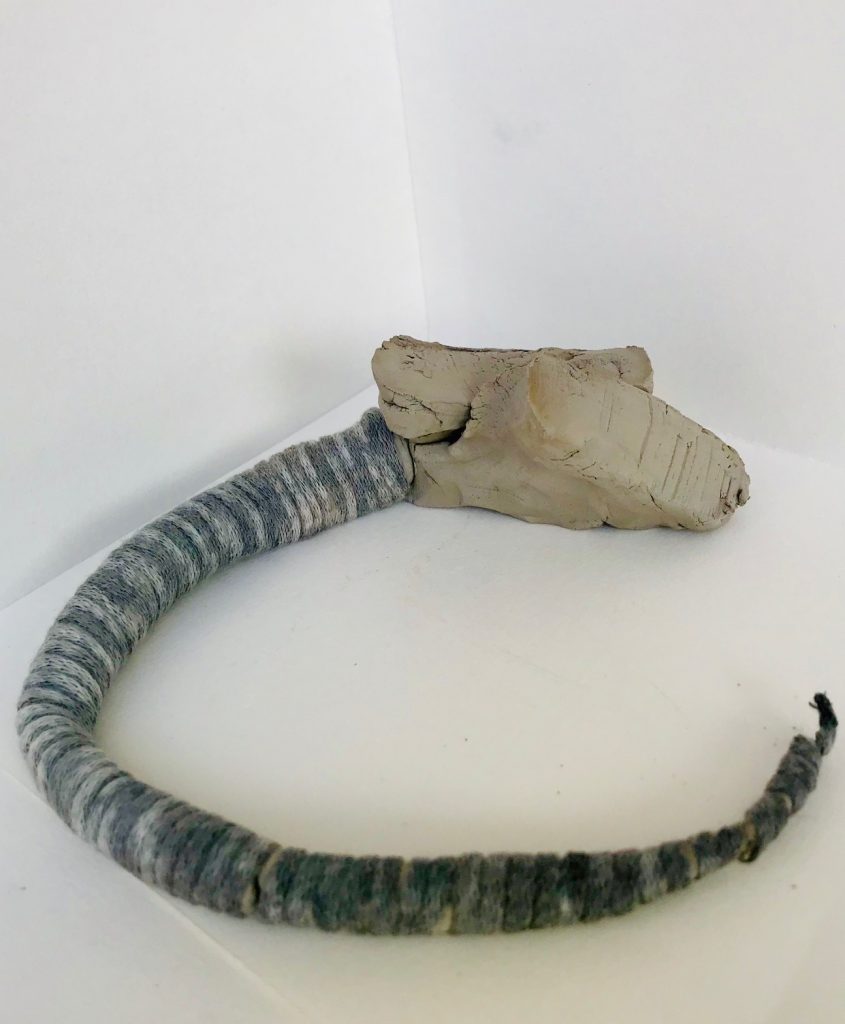
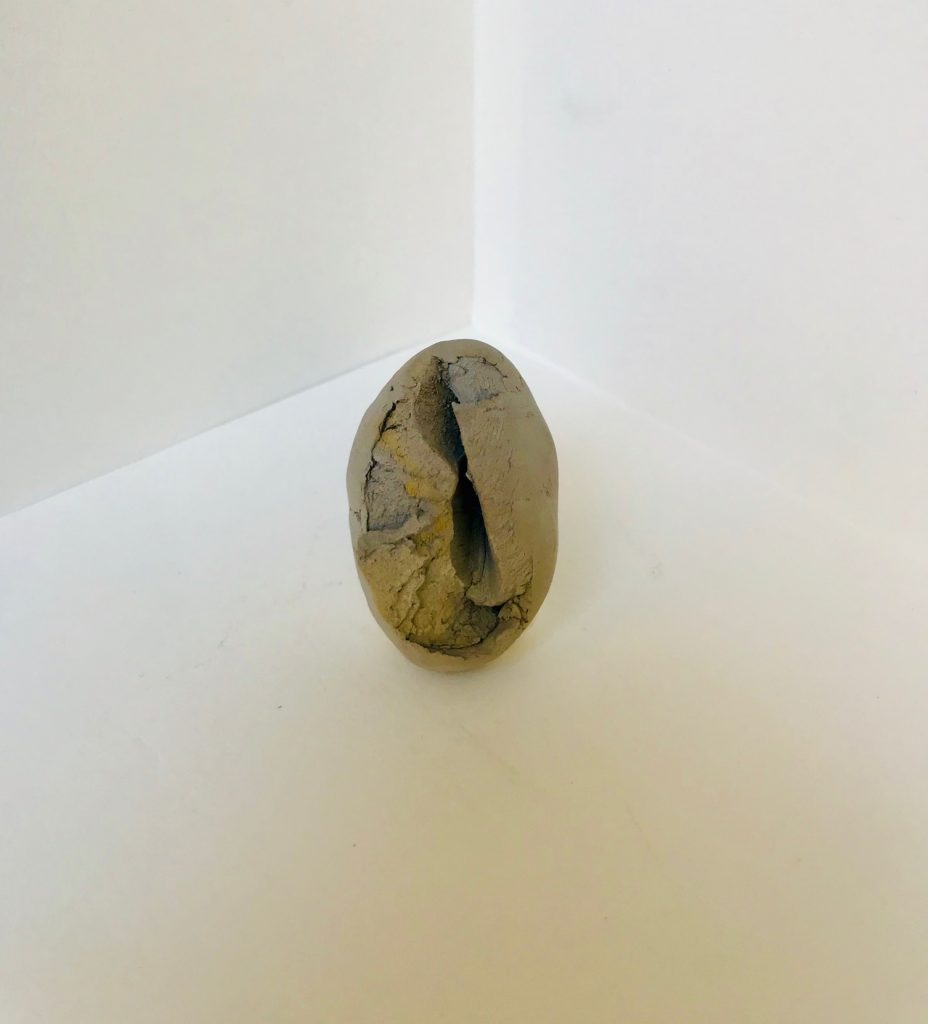
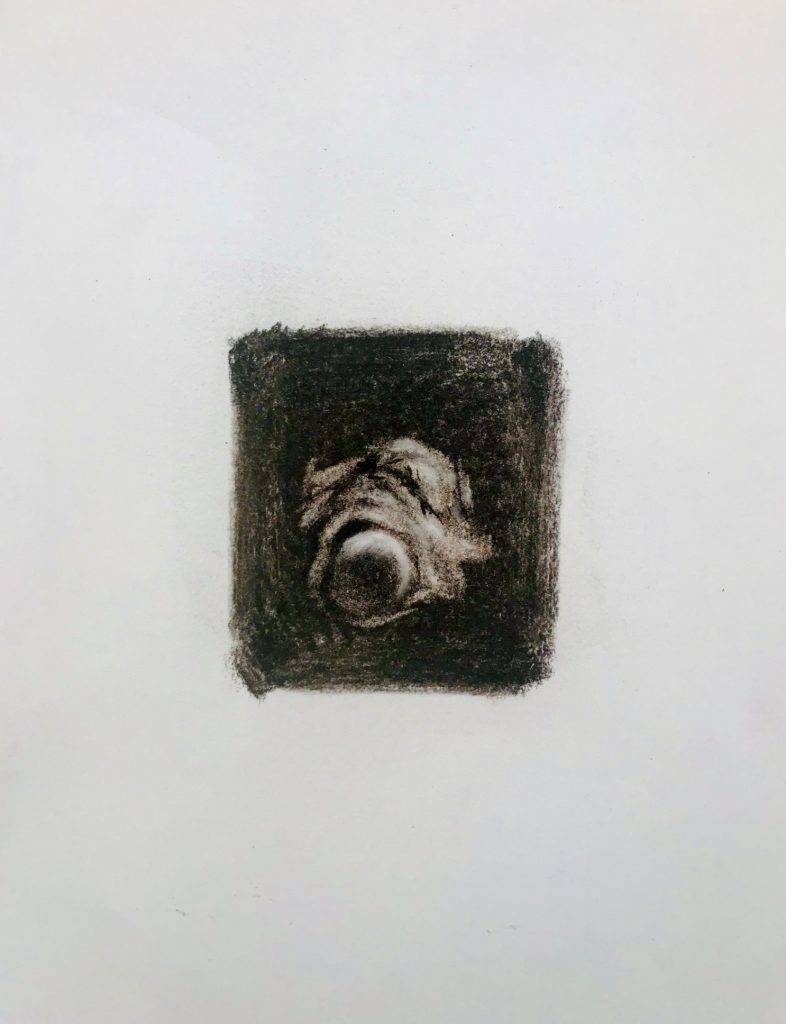
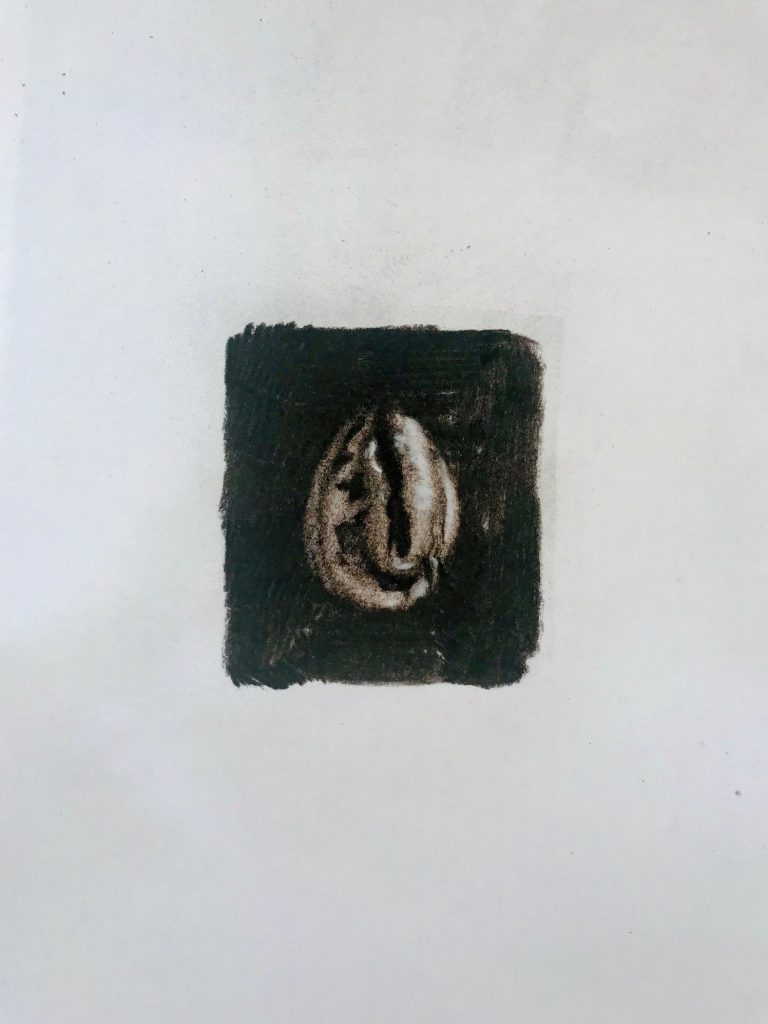
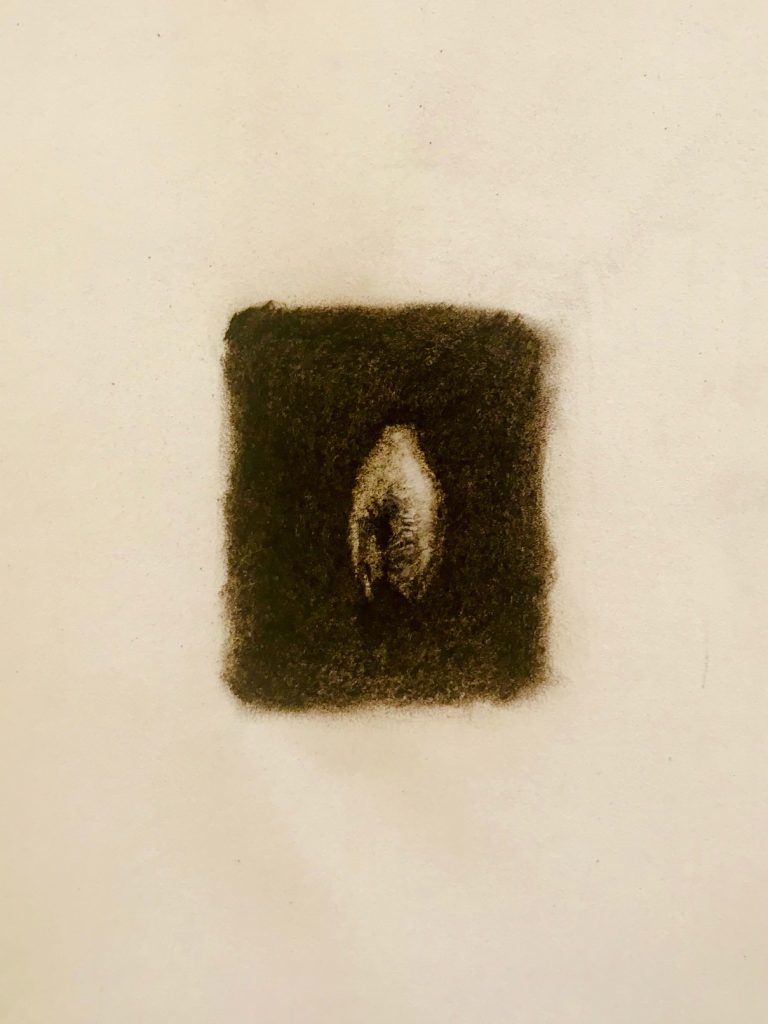
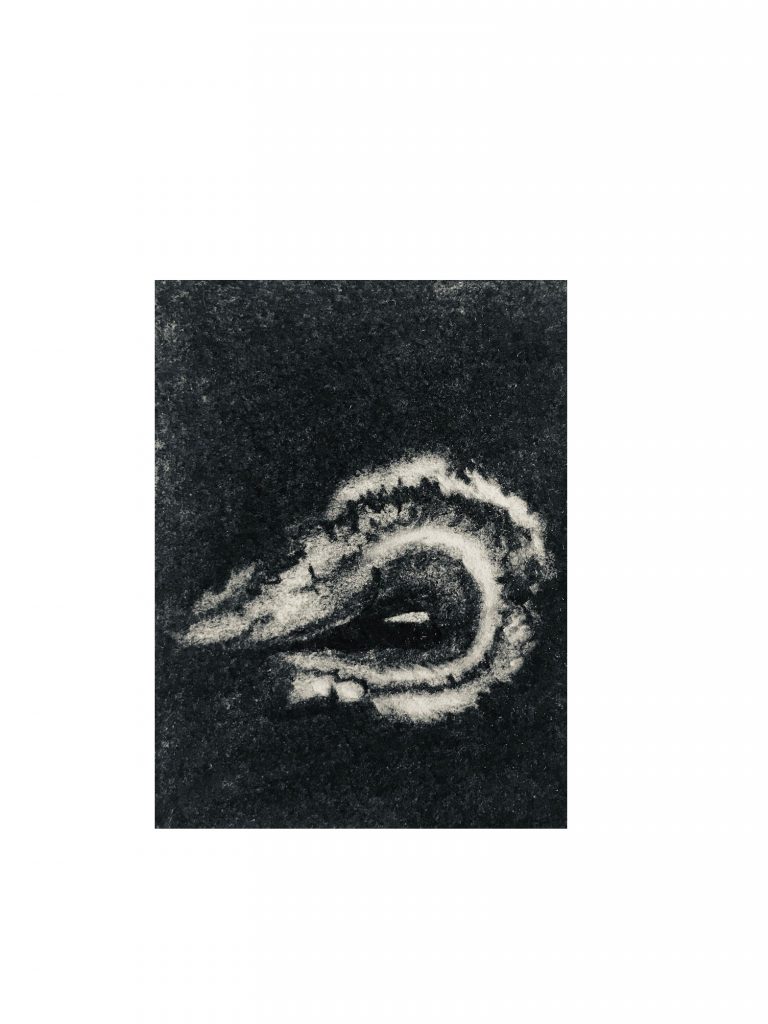
Recent Comments